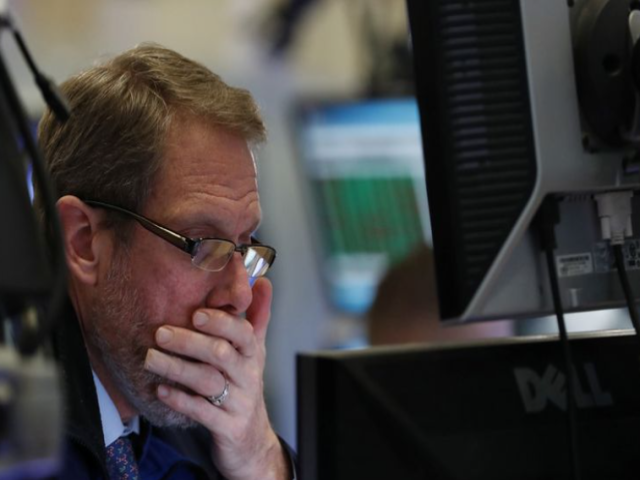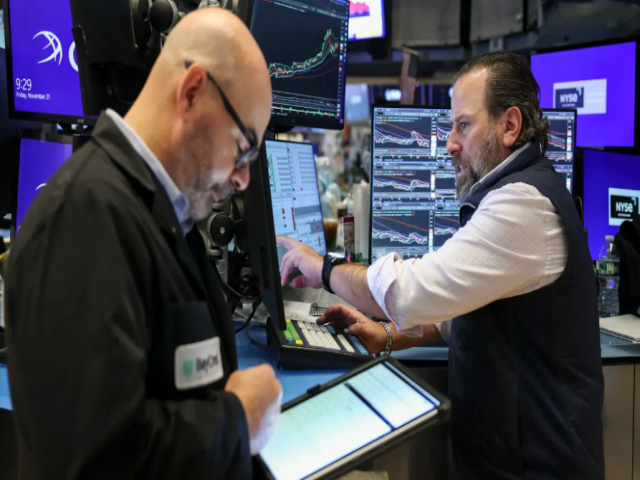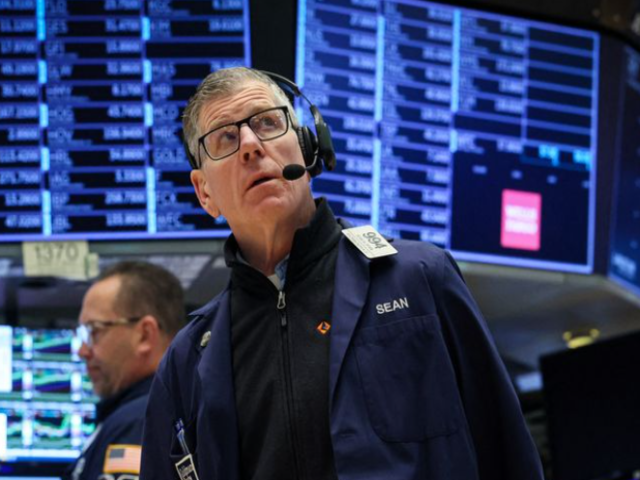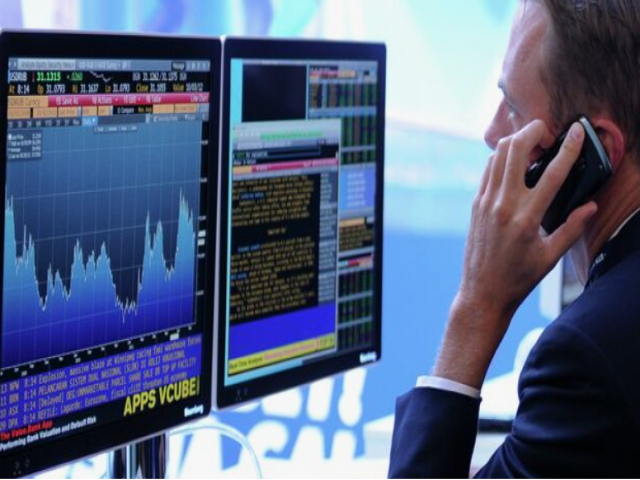17 May 2025
US dollar depreciates amid inflation data
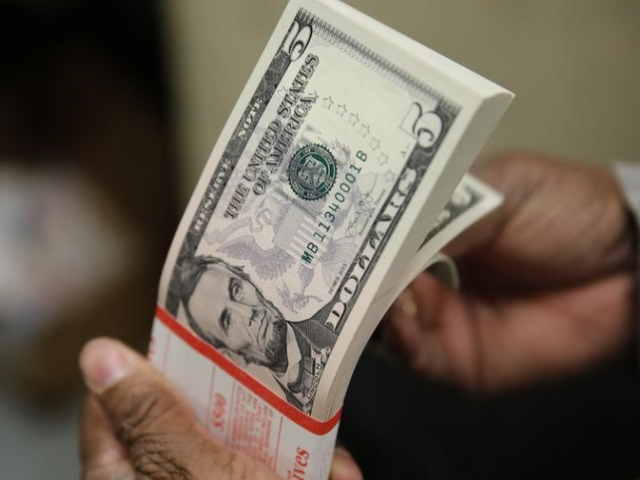
The U.S. dollar experienced a decline on Friday, fueled by encouraging inflation data suggesting the Federal Reserve might implement further interest rate cuts before the year's end. The U.S. Dollar Index (DXY), a gauge of the dollar's value against six major currencies, dipped 0.2% to 100.545 at 04:20 ET (08:20 GMT).
Despite this drop, the dollar remained poised for a modest weekly gain, largely due to a significant surge on Monday, spurred by a temporary truce in the U.S.-China trade dispute. This trade agreement, initially perceived as a resolution to the economically threatening trade war, provided a temporary boost to investor confidence, bolstering the dollar.
However, this initial optimism has been tempered by recent economic indicators pointing towards a slowing U.S. economy. This deceleration has prompted expectations that the Federal Reserve will need to intervene with monetary policy adjustments. Thursday's economic data revealed weak retail sales and an unexpected decline in April's producer price index (PPI).
The PPI decrease followed a subdued consumer price index (CPI) reading earlier in the week, reinforcing market sentiment that the Fed will likely execute at least two interest rate cuts this year. Further solidifying this prediction are forecasts suggesting a continued moderation in inflation, particularly with the recent decline in energy prices.
Friday's economic calendar included anticipated increases in April's housing starts and a projected fall in import prices due to lower oil costs. These figures, along with the upcoming University of Michigan consumer sentiment survey, are crucial in assessing the overall health of the U.S. economy and its impact on the dollar's trajectory.
Analysts at ING noted that the dollar's recent price action reflects diminishing momentum, particularly concerning its lingering risk premium. They highlighted a downside bias for the DXY, with prevalent strategic short positions on the dollar. ING anticipates a potential retest of the 100.0 support level in the near future. This bearish outlook is further supported by the fact that many investors are betting against the dollar, creating a substantial downward pressure.
The euro, conversely, benefited from the dollar's weakness, with EUR/USD rising 0.2% to 1.1211. ING analysts see 1.120 as a significant short-term support level for EUR/USD, but anticipate the pair testing 1.130 before 1.110 due to sustained dollar selling. However, this positive outlook for the Euro might be short-lived.
Barclays, for instance, projects a technical recession in the Eurozone during the second half of 2025, even considering the positive impacts of the U.S.-China trade agreement. This long-term prediction suggests potential headwinds for the Euro despite its current strength against the weakening dollar. Furthermore, geopolitical uncertainties and potential future trade disputes could introduce volatility, making precise predictions challenging.
The ongoing global economic uncertainty and shifting political landscapes will likely influence both the dollar and the euro in the coming months and years. The market's reaction to future economic data releases, particularly regarding inflation and employment figures, will be critical in determining the direction of both currencies. The influence of central bank policies, both in the U.S. and the Eurozone, will also play a significant role in shaping future exchange rates.



